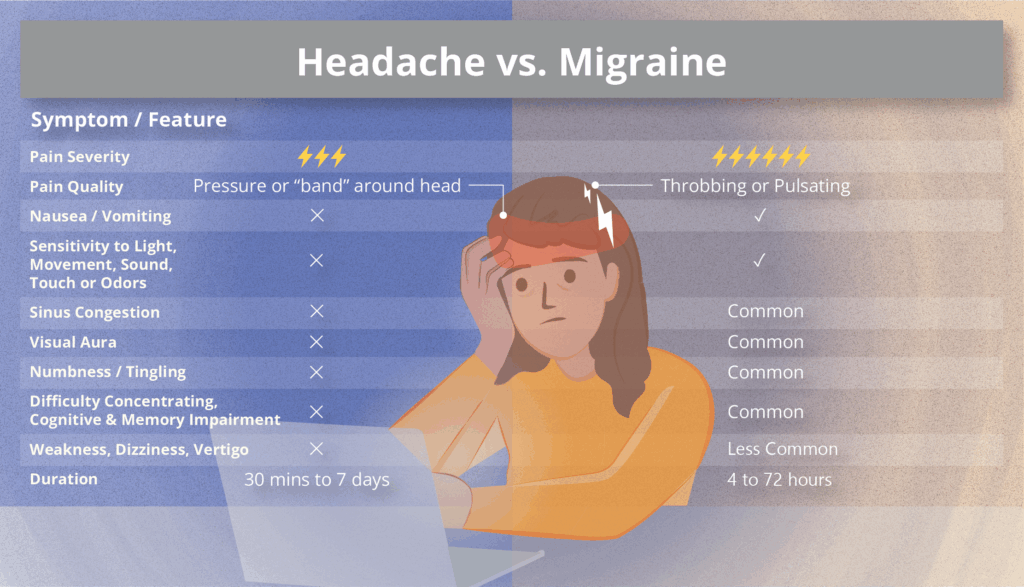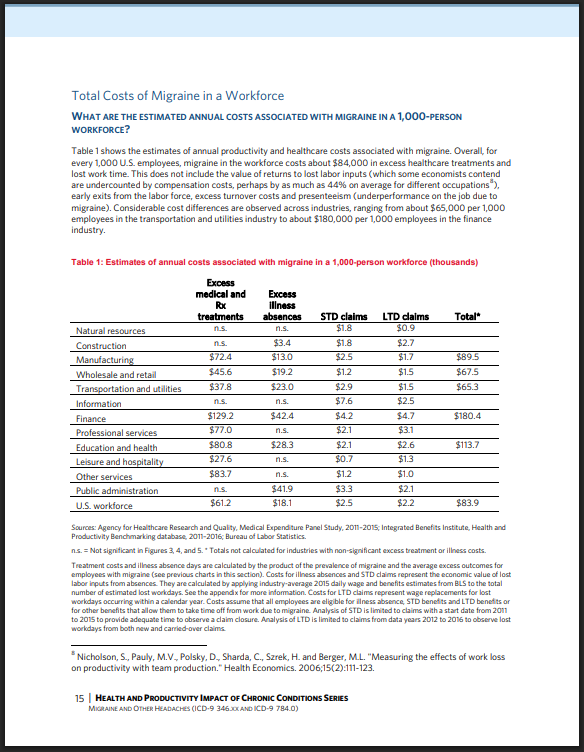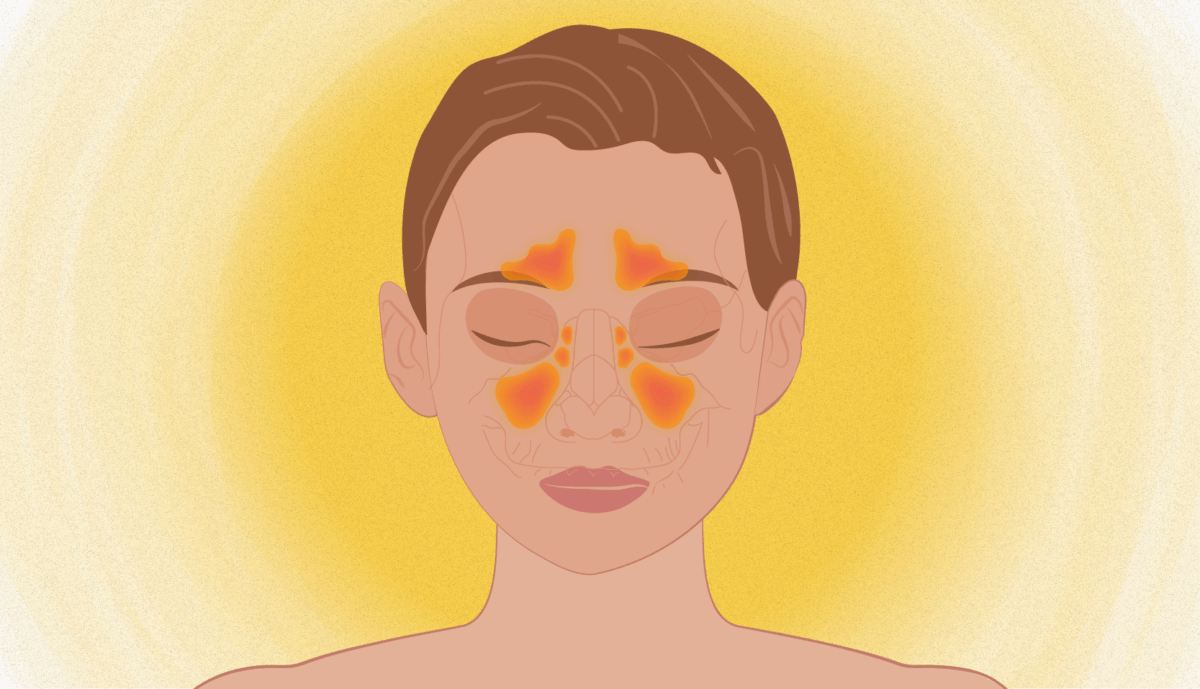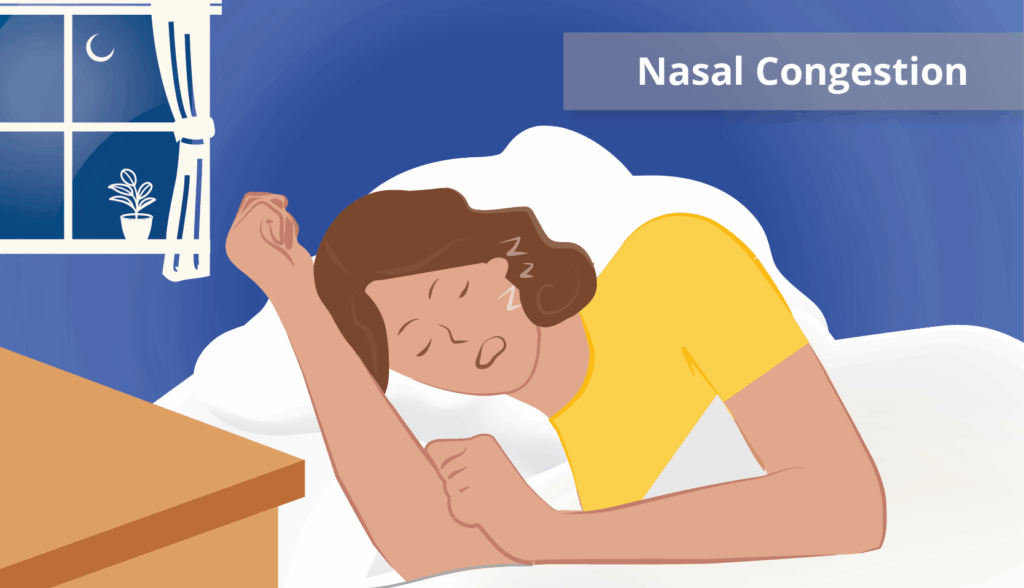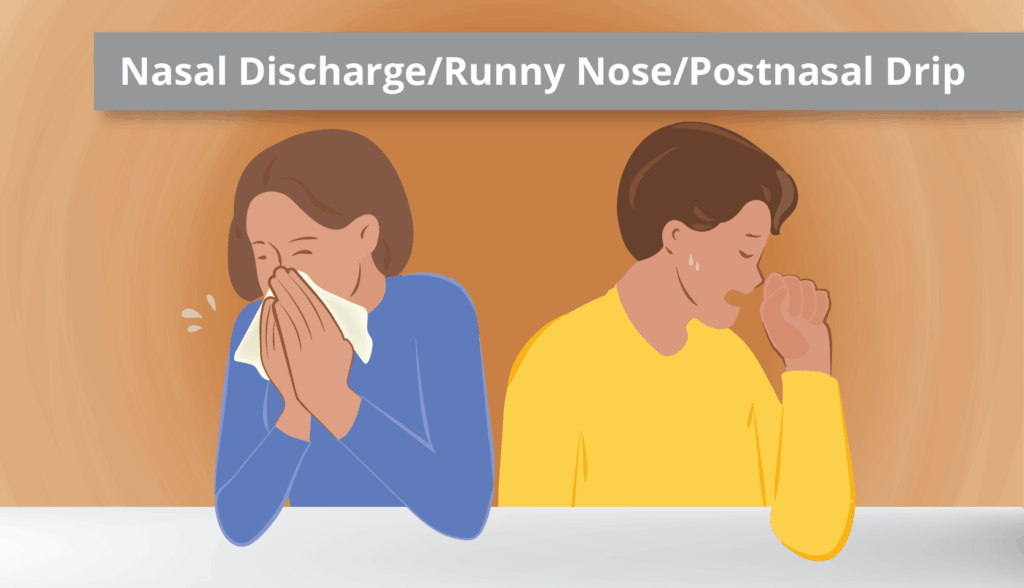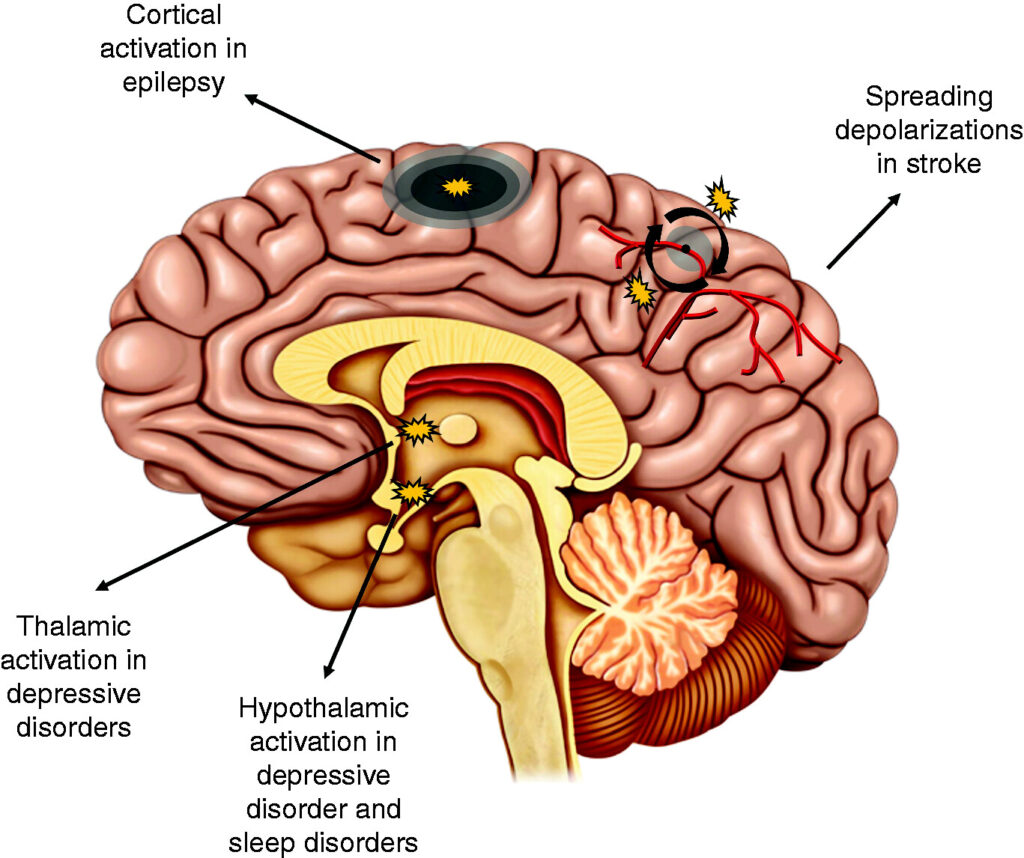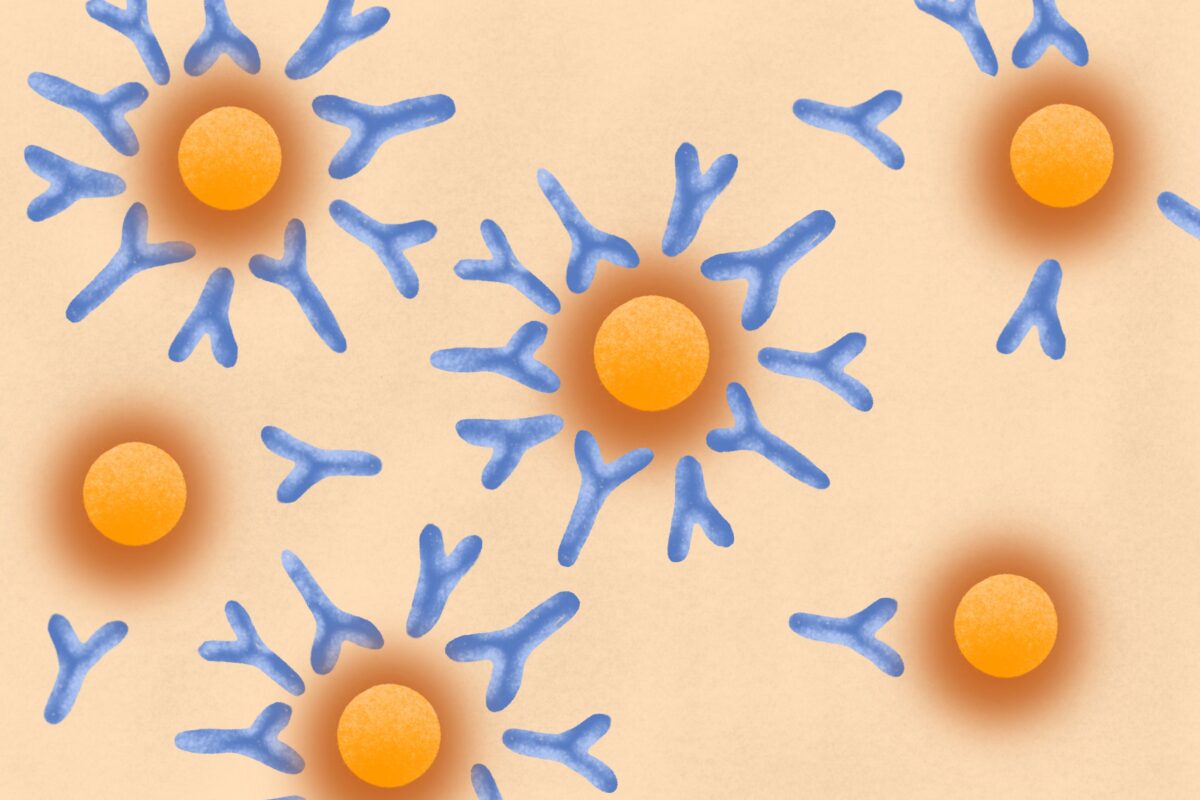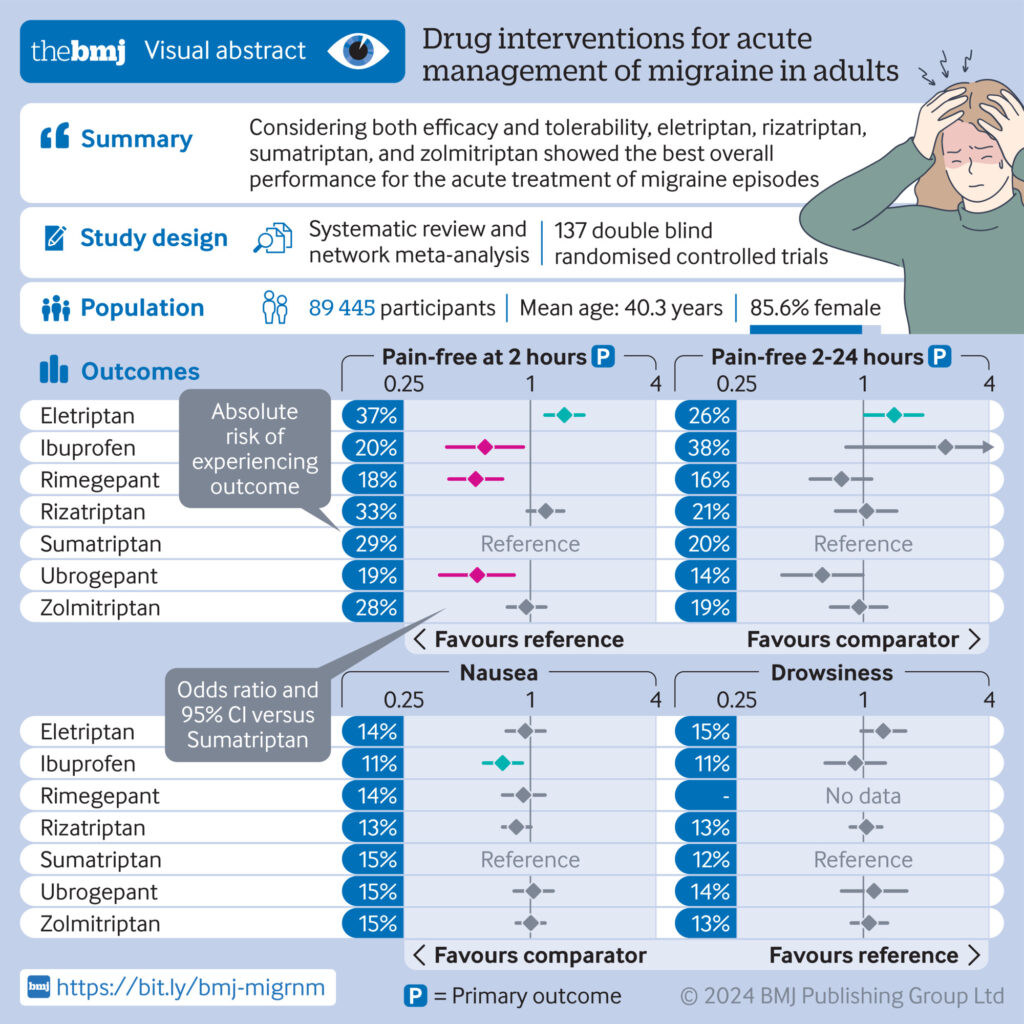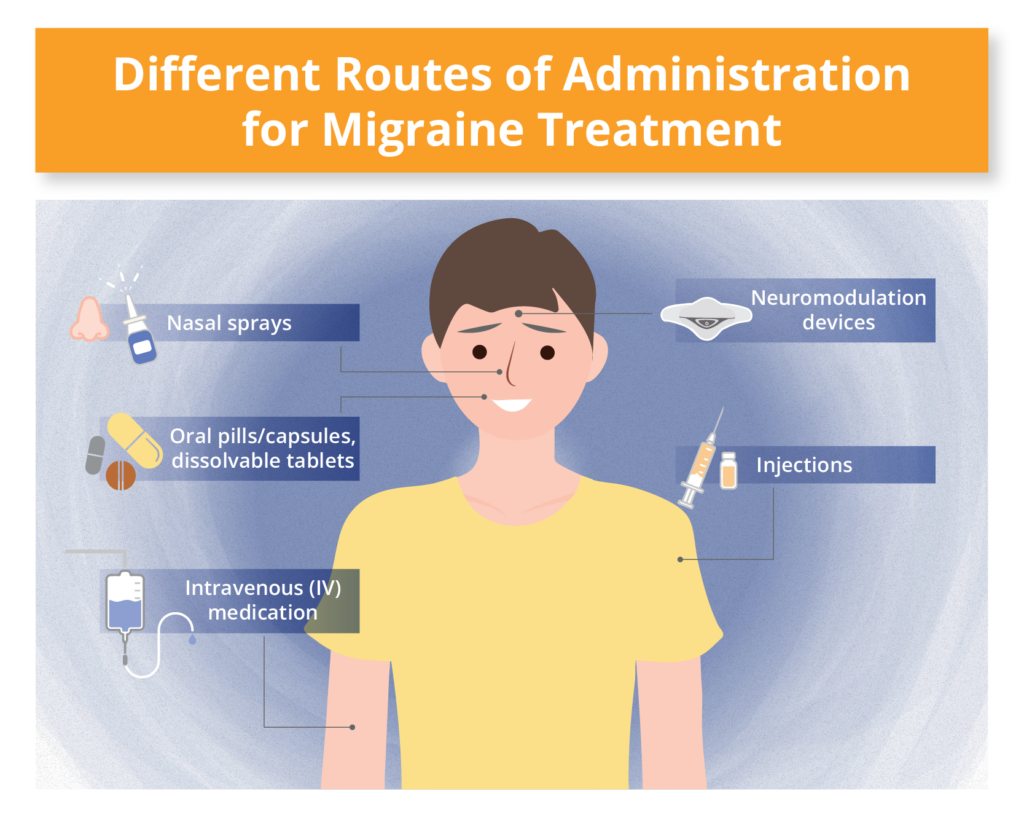- Alcohol's Complex Relationship to Migraine
- Migraine Basics
- Alcohol's Effects on the Body
- Components of Alcoholic Drinks and What They Do
- Does Alcohol Trigger Migraine Attacks?
- Threshold Theory for Migraine
- Migraine Treatment Options When Drinking Alcohol
- Tips for Reducing Trigger Risk When Drinking Alcohol
- Non-Alcoholic Alternatives for People With Migraine
- Summary
- Links to Resources
People with migraine are often unsure about whether drinking alcoholic beverages will increase their likelihood for a migraine attack. Many researchers and healthcare professionals have updated their advice in this area based on current research and data. This article shares the latest recommendations from various experts in the migraine field. Ultimately, a person with migraine should consider multiple factors and know how certain key factors in alcoholic beverages play a role in their own migraine disease.
Alcohol’s Complex Relationship to Migraine
Alcoholic beverages have been widely considered by migraine patients and healthcare professionals to play a role in triggering migraine attacks. As far back as 25 B.C., wine was mentioned by Celsus, a Roman scholar, who described “pain” after drinking wine.1 Based on retrospective studies, up to one-third of people with migraine have reported that alcoholic drinks trigger migraine attacks for them.2 However, this correlation is not as clear as the medical community once believed.
In fact, recent studies evaluating a link between alcohol and migraine attacks have been inconclusive in establishing this direct correlation. Some researchers even go so far as to conclude that the role of alcohol as a trigger may have been overestimated in the past.3 As alcohol use varies greatly between cultures, regions, religions, and individuals, this has made research somewhat contradictory, and the understanding of alcohol’s impact complex.4
Migraine Basics
Migraine is a neurological (related to the brain) disorder, often described as head pain that can be accompanied by symptoms such as light sensitivity, nausea and vomiting, dizziness, stomach pain, brain fog, and much more. Together, these symptoms form what medical providers call a migraine “attack,” which can interfere with a person’s daily activities and significantly disrupt their way of life.
A migraine attack can also be characterized by its phases, which begin before the head pain starts (prodrome), and continue even after the pain has disappeared (postdrome). Patients can have either episodic migraine or chronic migraine. Migraine is more than just a headache and is a disorder that is influenced by genetic predispositions and environmental factors. Patients with migraine often know their personal triggers, i.e., something that happens to them or something they do, which can occur before an attack begins.5
Alcohol’s Effects on the Body
To understand this complex issue it is helpful to understand the effects of alcohol on the body. When a person — with or without a history of migraine — drinks alcohol, many parts of the body are affected as the body processes the alcohol and responds to its compounds.
Neurotransmitters
Alcohol affects chemicals that naturally occur in the brain called neurotransmitters. These neurotransmitters like dopamine, GABA, glutamate, and serotonin allow neurons to communicate with each other, and allow the brain to perform many functions in the body.
“Short-term alcohol consumption depresses brain function by altering the balance between inhibitory and excitatory neurotransmission … Specifically, alcohol can act as a depressant, by increasing inhibitory neurotransmission, by decreasing excitatory neurotransmission, or through a combination of both. Alcohol’s depressant effect on neurons may be associated with some of the behavioral manifestations of intoxication: Alcohol consumption is initially accompanied by decreased attention, alterations in memory, mood changes, and drowsiness (Draski and Deitrich 1995). Alcohol’s excitatory actions (e.g., reduction of social inhibitions) appear to be caused, at least in part, by suppression of inhibitory neurotransmitter systems (Pohorecky 1977).”6
Blood Vessel Changes
Alcohol initially causes blood vessels to expand, increasing blood flow to the brain. However, after long-term use of alcohol, a person can experience high blood pressure.7 Changes in the blood vessels are believed to be one of many factors that contribute to a migraine attack but not the direct cause of the attack.
Dehydration
Alcohol consumption causes the body to remove fluids quicker than usual through urinating more frequently. This can lead to dehydration. Dehydration is known to contribute to migraine attacks.8
Inflammation and Blood Sugar
Alcohol can trigger inflammation in the body, which can cause poor appetite, brain fog, and a generally ill feeling. In addition, alcoholic drinks can irritate the lining of the stomach, cause blood sugar levels to fall, and can prevent restful sleep.9
Sleep
For people with migraine, sleep plays a powerful role in migraine management. Whether it is a trigger, a treatment, or a symptom, migraine and sleep impact one another.10 Alcohol has a significant impact on sleep. Initially, it may have a sedating effect at the beginning of sleep; though, it also produces poor sleep in the second half of the night.11 More information on migraine and sleep is covered in-depth here.
Alcohol Use Disorder/Intoxication
If alcohol is ingested in large quantities it can produce alcohol intoxication, which can be harmful. This can produce alcohol-related symptoms like slurred speech, loss of coordination, and behavioral or emotional changes.
Alcohol dependence, also known as alcoholism, is a chronic disease that causes a person to crave alcohol, produces an inability to stop drinking, and causes withdrawal symptoms when the person tries to stop.12
Chronic alcoholism can also cause brain and liver damage. As the liver regenerates from the chronic stress of alcohol exposure, it builds scar tissue. This scar tissue prevents the liver from filtering fluids properly and, therefore, toxins that are normally excreted by the liver are released into the body. This can lead to alcohol encephalopathy, similar to early dementia, and also ascites, which is fluid pooling in the abdomen. The liver also filters the blood in the body. When this is disrupted by a strained liver, the blood can pool in veins and rupture, which in turn can cause internal bleeding or even death.13
Seeking Help
In the US: If you or someone you know is in need of assistance for alcohol use disorder, please seek medical advice; and/or if you need help finding the right treatment option, please visit alcohol treatment.niaaa.nih.gov.14
In the UK: https://www.drinkaware.co.uk/advice-and-support/alcohol-support-services
Around the World: https://www.aa.org/aa-around-the-world
Components of Alcoholic Drinks and What They Do
Alcoholic drinks have compounds in addition to the alcohol (ethanol) itself that can trigger migraine attacks in some people. These are components like phenols, flavonoid radicals, histamine, sulfites, tyramine, and tannins, which all have the potential to be migraine triggers.
Not only do alcoholic beverages have histamine, but they can also cause the body to release histamine. The release of histamine has been identified to be a migraine attack contributor.15
Sulfites are chemicals used as preservatives for food, beverages and medications, preventing them from going “bad.” They are frequently used to slow browning and discoloration (caused by bacterial growth) in foods and drinks. Sulfites can also occur naturally in some foods and beverages. Sulfites are found in virtually all alcoholic drinks including wine, beer, ciders, and liquor. Winemakers have used sulfites for centuries to preserve the color and flavor of wines, especially red wine. There are no alcoholic drinks that are truly “sulfite free,” though there are companies that reduce the amount of added sulfites. For some migraine patients choosing low-sulfite wines can be helpful, and also choosing high-quality brands or spirits.16,17
Tyramine is another compound that occurs naturally in some beverages and foods like aged, cured, fermented, and leftover foods. Tyramine is produced during the aging or fermentation process. Some people with migraine report symptoms when exposed to these foods. It is important to remember that tyramine doesn’t affect everyone equally.18
Additionally there are compounds known as congeners, which are byproducts of fermentation and add to the taste and smell of drinks.19 Examples of congeners are tannins, ketones, acids, and esters. Drinks that are low in congeners are often clear or colorless like vodka, white wine, sake and gin. Alcoholic beverages that have high congeners are darker in color like whiskey, cognac, red wine, and rum.20 It is believed that drinks that are high in congeners have a higher risk of producing a migraine attack for some people.
Below are a few alcohol options that tend to fall on the higher-risk side or lower-risk side for most people with migraine; note, however, that differences vary per person and can even vary from day to day for one person, depending on other potential triggers. After all, some triggers, like those that are environmental (i.e., barometric pressure changes) or hormonal (i.e., the start of a menstrual cycle) are often out of a person’s control.

Carl Cincinnato and Dr. Paul Mathew, assistant professor of neurology at Harvard Medical School, discussed “Alcohol and Migraine” at the 2023 Migraine World Summit.
Does Alcohol Trigger Migraine Attacks?
It is important to consider the difference between alcohol-induced migraine and delayed alcohol-induced headache (DAIH). For people with migraine, if there is a headache after drinking alcohol, they may assume the alcohol triggered a migraine attack. Patients with migraine can also experience a hangover headache, which is different from a migraine attack. See below to compare the two types.
Alcohol-Induced Migraine vs. Delayed Alcohol-Induced Headache (DAIH or Hangover Headache)21,22
| Alcohol-Induced Migraine | Delayed Alcohol-Induced Headache (Hangover Headache) | |
| Onset of Symptoms | 30 minutes to 3 hours after drinking | 5-12 hours after drinking, or upon waking |
| Amount of Alcohol | smaller amounts of alcohol than that of non-migraine people | moderate to excessive amounts of alcohol |
| Common Symptoms | throbbing or drilling pain; nausea; vomiting; sensitivity to light, sound, and smell; low mood; neck pain | throbbing or pulsating head pain (worse with physical activity), dizziness, diarrhea, fatigue, nausea |
| Location of Head Pain | often unilateral | usually bilateral |
| Intensity | mild to severe | moderate |
Also, there are many variables that can trigger a migraine attack. Common triggers can include everything from poor sleep to weather changes, stress, and hormone fluctuations. It is challenging to isolate these triggers to determine which are influential factors.
“It’s kind of dangerous to take any single trigger in isolation. So, for example, I’ll give you a ridiculous example: A patient will have a slice of pizza and say, ‘Oh my God, I had a migraine. I’m never eating pizza again!’ When they completely forget that they didn’t sleep all the night before, they’re under tremendous stress from a new job, there are seasonal fluctuations, there [are] hormonal fluctuations going on.”
Dr. Mathew shares, “So, really, it’s not good practice to just look at a single trigger and say, ‘Well, this is what I’m going to modify,’ and kind of ignore everything else. Alcohol is very much the same way, as well. I often tell patients that everybody’s response to different forms of alcohol will be different, and it’s no different than food.”23
Many people with migraine disease keep a diary or log, on paper or their phone, to identify suspected triggers. Apps like Migraine Buddy make it simple. Triggers for migraine are varied and individual. Dr. Starling from the Mayo Clinic talks about the benefits of keeping a diary or log and understanding triggers in the context of migraine.
It is also important to acknowledge that it is often the combination of triggers that cause an attack and not just one. For some patients, one alcoholic drink will consistently cause a migraine attack; for others, it is a drink plus other triggers that precipitate an attack. For many, alcohol can be a trigger one day, and not on the next.
People with migraine should also consider how much alcohol they are consuming and the type of alcohol they drink as factors affecting their risk for an attack. Migraine attack provocation is very individual and not universal. A diary to identify the effects of alcohol on a migraine attack can be helpful.
Threshold Theory for Migraine
When learning about migraine, patients are often introduced to the “migraine threshold” concept and how it can affect the likelihood of an attack. Migraine triggers are often cumulative, meaning they add up over a certain period of time. An individual’s threshold can change, and the type of trigger can vary over the course of the disease as well. Watch or listen to Dr. Catherine Stark describe what migraine threshold is and how it can help people understand the effects of triggers on their migraine disease.
As Dr. Stark illustrates, a person’s migraine threshold changes from day to day because certain triggers are going to be out of one’s control. For example, Mother Nature doesn’t listen to someone telling her not to send a thunderstorm. The migraine threshold is individual for each person and, therefore, can be reached with different triggers than those of other people with migraine. It is helpful for individuals with migraine to prioritize some of the lifestyle basics, like sleep and hydration, in order to prevent their threshold from being crossed.
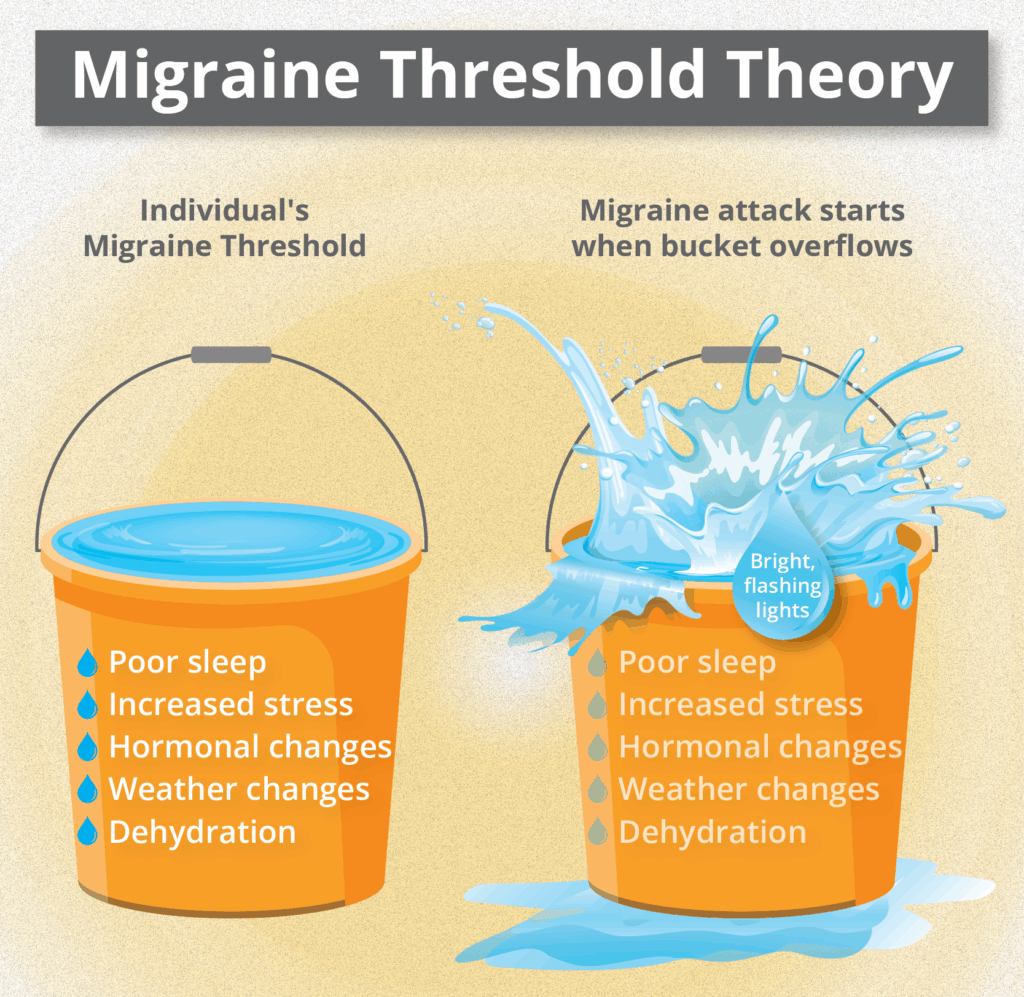
Migraine Treatment Options When Drinking Alcohol
When treating migraine after consuming alcohol it is important to be cautious of any medications that are processed through the liver. A common over-the-counter pain reliever that many patients use for migraine symptoms is acetaminophen, or Tylenol. Acetaminophen is processed through the liver and can be toxic to the liver if taken in large quantities and combined with alcohol. Healthcare providers encourage patients who are consuming larger quantities of alcohol to avoid using acetaminophen.
The use of NSAIDS, non-steroidal anti-inflammatory drugs like ibuprofen (i.e., Advil, Motrin), are also used for migraine treatment and should also be used carefully when combined with alcohol. Triptans, like rizatriptan and sumatriptan, are considered safe options when treating migraine and consuming alcohol. 24
Rehydrating the body after consuming alcohol can be helpful in treating migraine attacks. One of the best ways to avoid having symptoms while drinking is to keep adequately hydrated. Alcohol is a diuretic, which causes the body to lose fluids faster than usual through urination. Staying hydrated while drinking may help prevent dehydration and, therefore, prevent migraine symptoms.25
Experts say that if you are experiencing vomiting or diarrhea from either excessive alcohol intake or a migraine attack, then electrolyte drinks can be helpful. However, migraine patients should be mindful of other ingredients in these products such as colorants and artificial sugars, which can be triggers for some.26
Tips for Reducing Trigger Risk When Drinking Alcohol
Lifestyle Basics That Can Be Helpful
- Sticking to low-glycemic foods
- Not skipping meals
- Proper hydration
- Healthy sleep habits
- Decreasing stress
- Exercising
Additional Tips
- Drink alcohol with food.
- Drink responsibly, and know one’s limits.
- Limit the total amount of alcohol.
- Know how certain types of alcohol affect one’s body.
- Track symptoms after drinking different types of alcohol.
- Keep hydrated with water, or alternate water with alcohol.
- Drink slowly.
- Consider one’s threshold, and the cumulative triggers at that time.
Non-Alcoholic Alternatives for People With Migraine
- Mocktails — great for social events
- Herbal teas
- Sparkling sodas
- Non-alcoholic or de-alcoholized beer or wine
- Water or sparkling water
Summary
Migraine disease and triggers vary from person to person. Alcoholic drinks are problematic for some people living with migraine and not for others. When determining if alcohol is a trigger, it is important to consider the type of alcohol, the ingredients of an alcoholic drink, and the person’s experience with these beverages. Planning ahead and knowing one’s own migraine experience with alcohol can help one decide if drinking alcohol is feasible for them.
Links to Resources
- National Institute on Alcohol Abuse and Alcoholism:http://www.niaaa.nih.gov/
- Alcoholics Anonymous: https://www.aa.org/
- American Migraine Foundation: https://americanmigrainefoundation.org/
- Migraine Trust: https://migrainetrust.org/
- Migraine Again: https://www.migraineagain.com/
- Migraine Buddy: http://www.migrainebuddy.com/
- N1-Headache Tracker App: https://n1-headache.com/patients/
- Drinkaware: https://www.drinkaware.co.uk/advice-and-support/alcohol-support-services
- Alcoholics Anonymous Around the World: https://www.aa.org/aa-around-the-world



